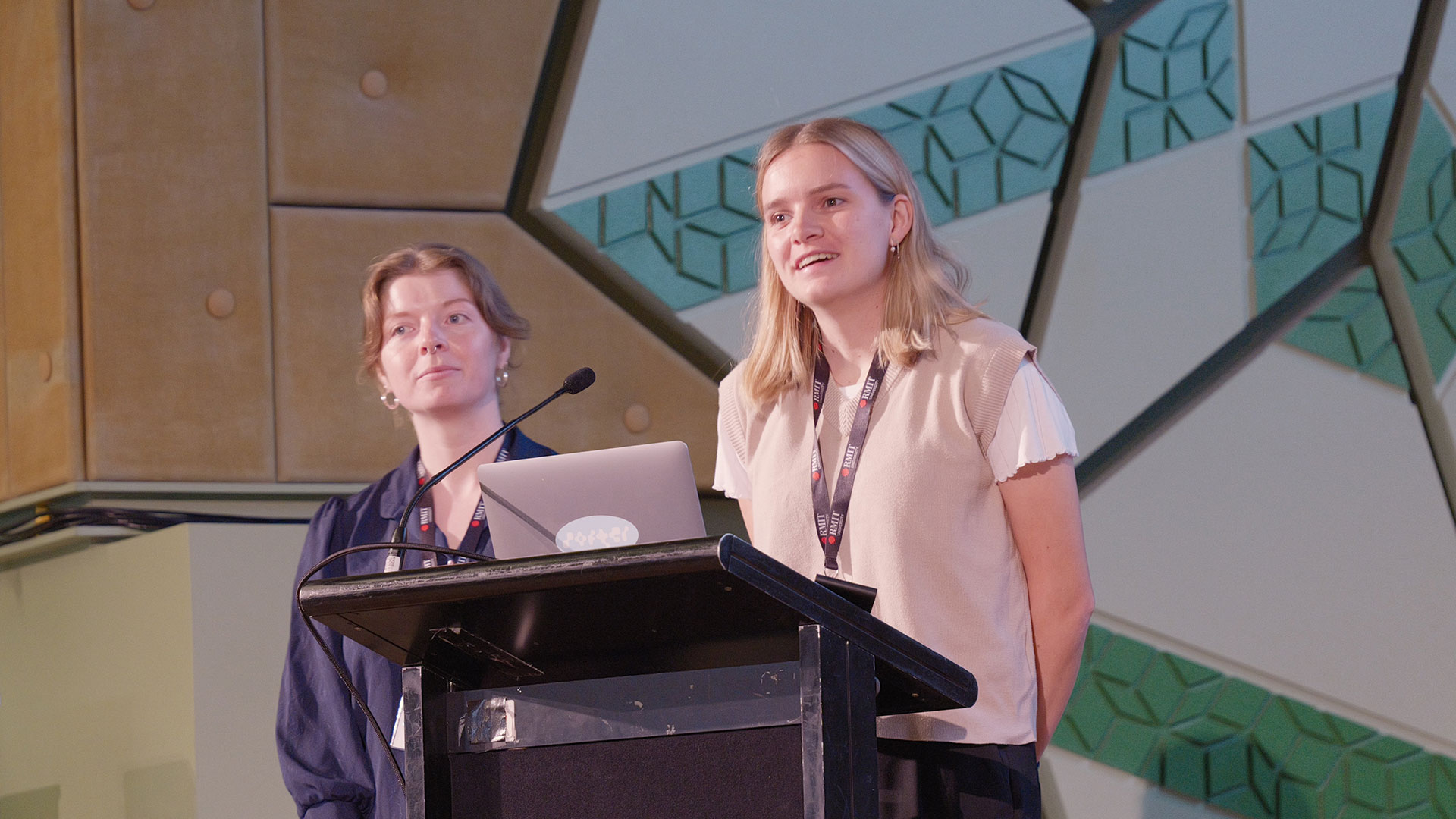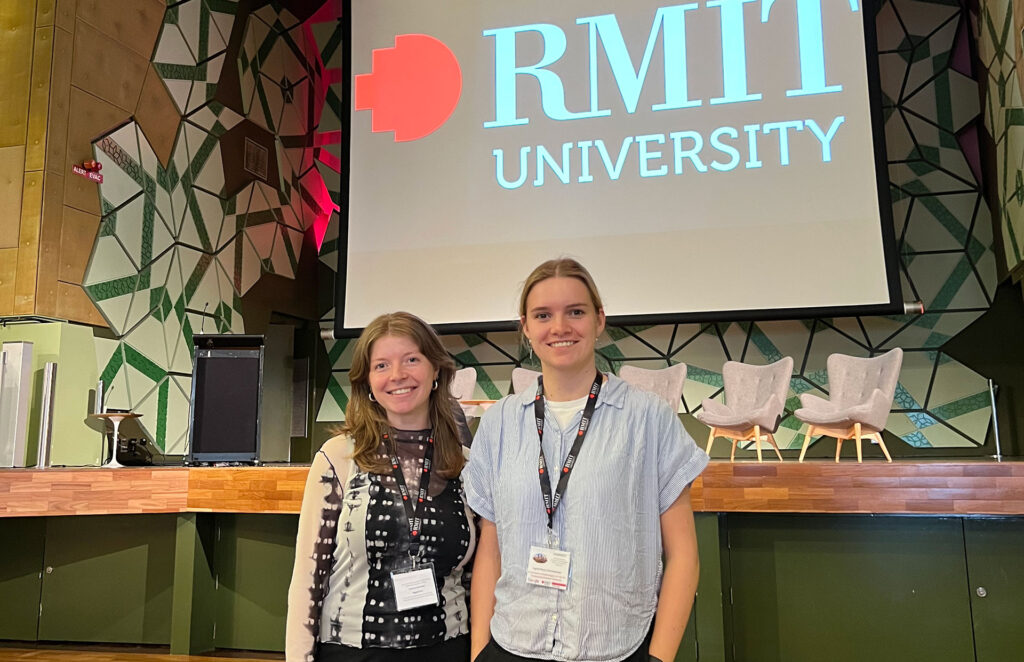18 November 2024
For the first time, researchers from ITU have examined gender representation in IT education at Danish high schools. Their findings revealed a striking absence of female role models in the teaching materials used in Denmark. The project has since received international recognition, and the researchers have presented their results at the ICER conference in Australia.

When Melissa Høegh Marcher and Ingrid Maria Christensen began their master’s project at ITU, they had the sense that gender representation in IT education might be unequal at Danish high schools. However, the results of their research were more alarming than they anticipated.
Their analysis of HHX teaching materials uncovered a glaring truth: Not a single woman with association to IT was depicted in these materials by both name and image.
“In Denmark, we often assume equality exists in all areas of society, but we sometimes discriminate unconsciously – for example, through teaching materials that lack female role models. This study effectively exposes the hidden diversity challenges we face when educating the next generation, making it a truly unique contribution,” says Nanna Inie, Postdoc in Computer Science at ITU and co-author of the study alongside Claus Brabrand, head of Computer Science at ITU.
As women in a male-dominated field, the two newly graduated computer scientists understood firsthand the critical role female role models can play. Both had chosen to study computer science after attending an open house event at ITU where female students presented the program.
“I had never considered IT as a career, so attending the event was more for fun. But seeing a woman speak about IT with such passion had a huge impact on me,” says Melissa Høegh Marcher.
Ingrid Maria Christensen shares a similar story:
“It was the first time I saw women as developers, and I could suddenly relate to them. Without that experience, I’m not sure I would have chosen this career path.”

For their study, Melissa and Ingrid analyzed teaching materials from Informatik, a mandatory subject in HHX programs. They examined texts, images, audio, and videos to assess gender representation, focusing on pronouns, names, and role models.
The results revealed significant imbalances. In 66 materials containing pronouns, 64% were male, while only 19% were female. Of 98 materials mentioning names, 72% featured male names, compared to just 20% female. The most notable discrepancy emerged in the analysis of role models: all role models were men.
“It was unexpected to find such a complete absence of female role models in the materials designed to introduce young people to IT. It sends a message to girls that they might not belong in IT, which is a loss for everyone,” says Ingrid Maria Christensen.
“We know that diverse teams produce better outcomes. Therefore, it is essential that society ensures all genders see themselves represented in IT,” adds Melissa Høegh Marcher.
“Authors and publishers must take responsibility for including female role models and strive for a balanced representation, making the subject accessible to everyone.”
The study’s findings have earned international recognition with the results being published in the paper Invisible Women in IT: Examining Gender Representation in K-12 ICT Teaching Materials.
This summer, the researchers presented their findings to a global audience at the ICER conference in Melbourne, Australia, which focuses on education and IT.
“We were surprised that no one had previously examined gender representation in IT teaching materials. It was a fantastic experience to meet other researchers and share our findings. We hope our research will inspire similar studies worldwide,” concludes Melissa Høegh Marcher.
You can read the full article here.